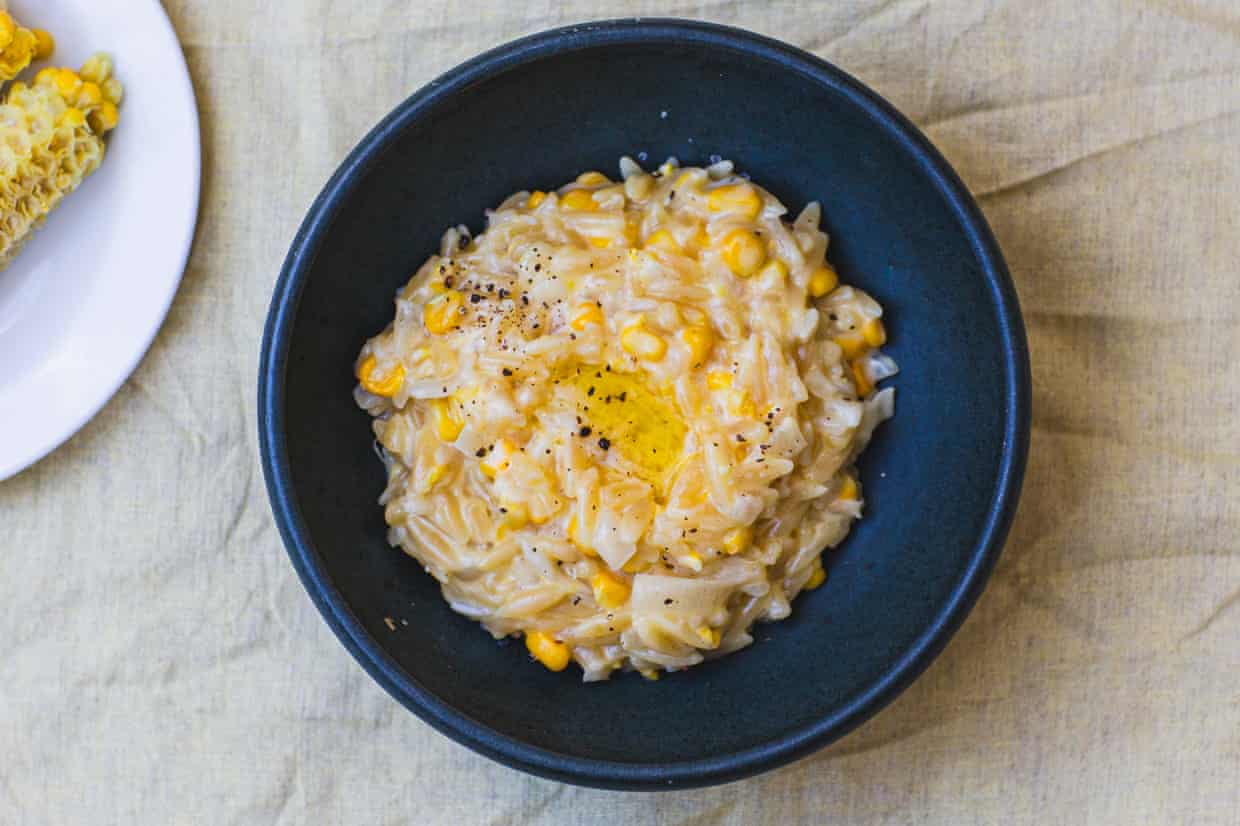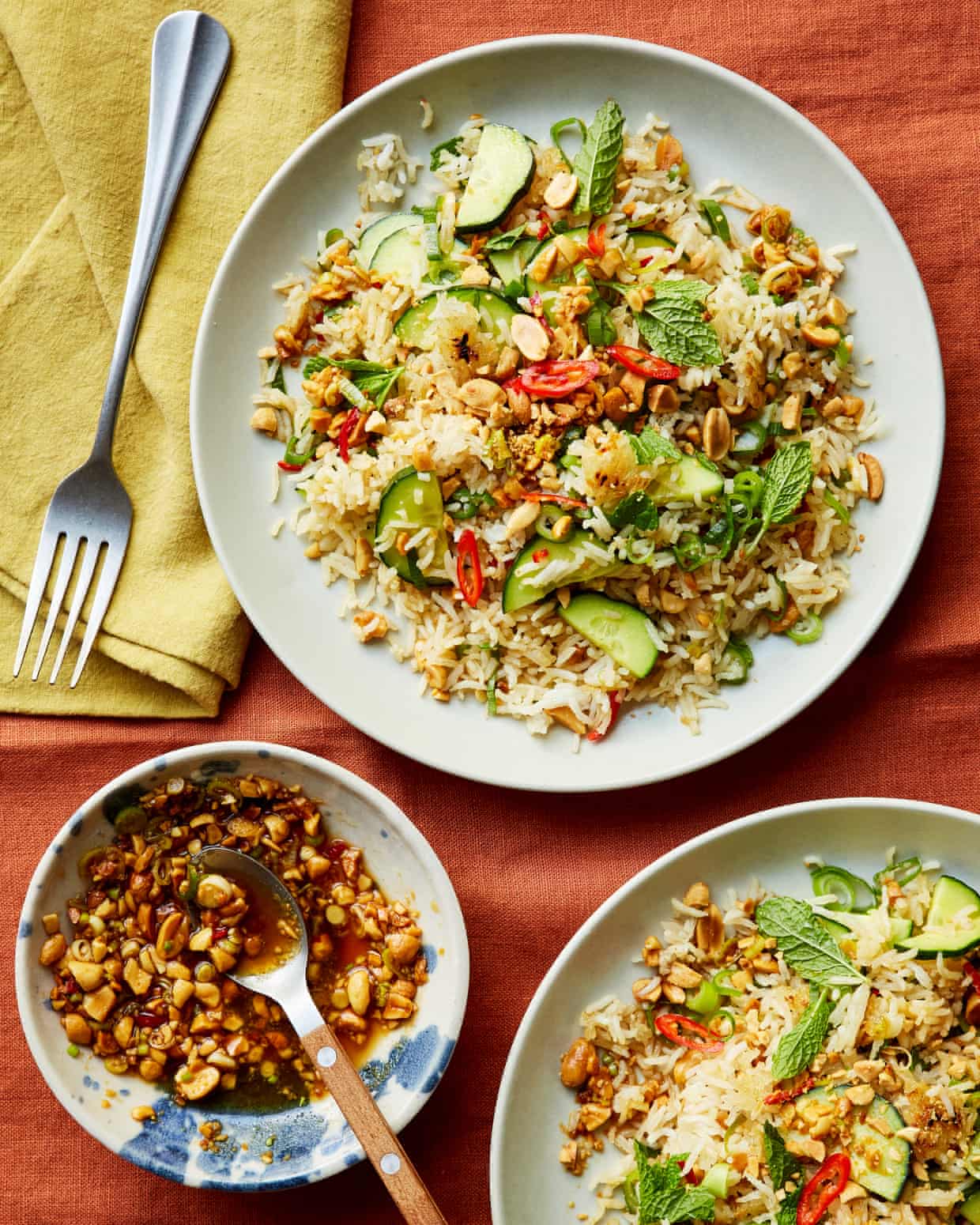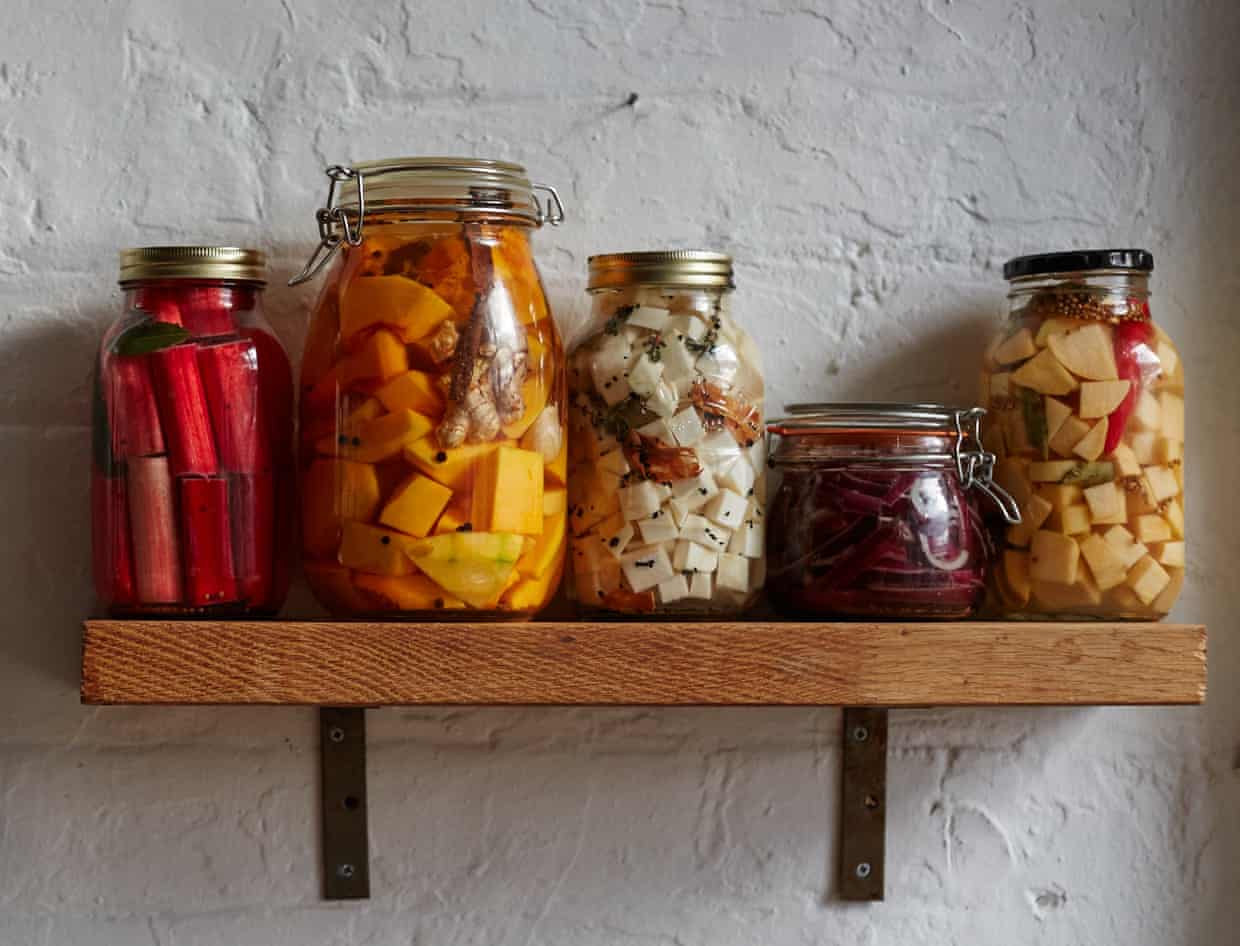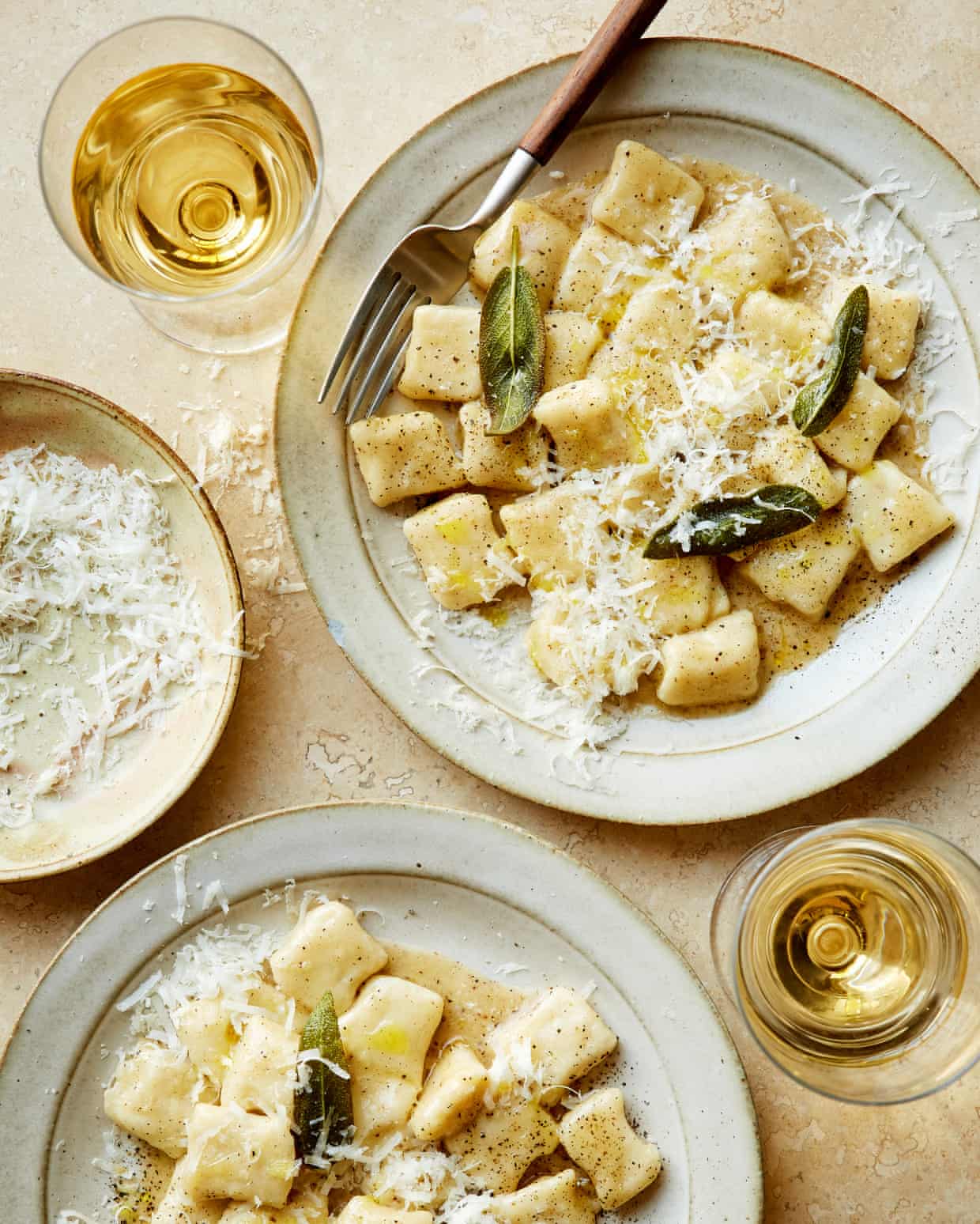Resident doctors in England to go on strike for five days next month

Resident doctors in England will strike again next month – the 13th time since 2023 – a decision NHS bosses say is “the last thing the NHS needs”.Hospital chiefs predicted that the stoppage would make it harder for the NHS to manage the increase in winter viruses and hamper its efforts to tackle the 7.4m waiting list backlog.The British Medical Association (BMA) and Wes Streeting, the health secretary, blamed each other for the five-day strike, from 7am on 14 November to 7am on 19 November.Dr Jack Fletcher, the chair of the BMA’s resident doctors’ committee (RDC), said on Thursday that the strike was a response to Streeting offering only “vague promises” after the union’s “reasonable” demands on pay and career progression.
But the health secretary accused the BMA of making a “preposterous” decision and indulging in “reckless posturing” and “unnecessary strikes” that would harm patients.The BMA’s decision to call the 13th strike by resident – formerly junior – doctors since March 2023 comes after the breakdown of talks with the health secretary over the past week.Discussions focused on two issues: the BMA’s pursuit of a 29% pay rise for resident doctors and the difficulty some early-career medics have in entering their chosen branch of medical training.Fletcher said: “This is not where we wanted to be.Better employment prospects and restoring pay are a credible way forward that would work for doctors, work for [the] government and work for our patients.
“The health secretary’s 11th-hour letter to us today makes vague promises for some degree of change to jobs and training for two years hence, showing little understanding of the crisis here and now, or a real commitment to fix it.”He said ministers did not appear to want to do a deal to end the disputes, “leaving us little option but to call for strike action”.Resident doctors have already gone on strike in pursuit of better pay for a total of 49 days over the last 31 months, all but once under the previous Conservative administration.Streeting hit back by saying: “It is preposterous that the BMA have rushed headlong into more damaging strike action a week after its new leadership opened discussions with the government.”He said resident doctors’ salaries had increased by 28.
9% over the last three years and he emphasised: “We simply cannot go further on pay this year,”Streeting said that by calling the strike the RDC was “blocking a better deal for doctors” he had proposed that was intended to improve their working conditions and create more speciality training posts,Richard Sloggett, a former special adviser at the Department of Health and Social Care, said: “These strikes are a hammer blow for government efforts to improve NHS performance and cut waiting lists,Taking place a week before a budget when all the talk is of tax hikes, they are also a reminder that the chancellor increased national insurance to help see off such strike action,This approach has now clearly failed.
”Daniel Elkeles, the chief executive of the hospitals group NHS Providers, said: “Another strike by resident doctors is the last thing the NHS needs, particularly as we head into what’s going to be another challenging winter for the heath service.”Sources close to Streeting said the outline of an agreement reached with the RDC had been scuppered by the wider, full committee refusing to endorse it.The health secretary recently told a gathering of senior doctors that he was trying to get the RDC leadership to see that in negotiations both sides had to give ground, but that the BMA’s preference for tactics reminiscent of “agitprop or student politics” had prevented a deal being done.Alf Collins, a trustee at the Patients Association, said: “Should this strike go ahead, patients will again be left waiting in pain and uncertainty.This [strike] wouldn’t just be five days of disruption beginning on 14 November but would lead to weeks and potentially months of delays for patients as appointments and treatments are pushed back.
”

Rachel Roddy’s recipe for leftover polenta biscuits | A kitchen in Rome
This, then, was the situation: it was Friday night after a long week, and having met a friend on the way home for a glass of wine, which arrived with crisps, taralli, dry roasted peanuts and enough salt that we needed another glass, it seemed a good idea to go home and cook polenta – the long-stir sort as opposed to the instant variety, although I always have that in the cupboard, too. Another good idea, which came to me as I pulled a new packet from the back of the dresser and ignored the flutter of tiny wings, was to make more than enough polenta and pour the extra into a Pyrex dish while it was still hot, so it could set into a block to be cut into slices and grilled the next day.I’ve written about polenta before; how the word is ancient and generic – referring to any mushy dish made from cereal flour and water – and how, after its arrival in Europe in the 1600s, it became synonymous with ground maize. There exists a world of different grades and milling, but, broadly speaking, when you buy ground maize (cornmeal) for polenta, you will have two options: finely ground (which might also be white) for a soft, thin polenta, and coarsely ground, which will have glassy-looking grains and makes an excellent body scrub and a harder, tastier polenta. The latter also takes much longer to cook, anything from 40 minutes to several hours, depending on who (or which packet) you consult, although in my experience an hour is almost always enough, and anything beyond that is more a way of deepening the flavour

Don’t chuck your parmesan rind – it is an excellent stock cube – recipe | Waste not
Parmesan rinds are the ultimate zero-waste hack – like a cheesy stock cube, they enrich stews, sauces and all sorts, and add pure deliciousness in the form of umami depth and creamy texture. Stored in the fridge or freezer, they keep almost indefinitely. This week’s recipe uses them in a thrifty, creamy corn orzo that transforms a few simple ingredients into comforting autumn fare.This dish was a happy accident, and left me and my family drooling for more. I was planning a classic tomato orzo to use up that half-bag in the cupboard left over from making a pasta salad, but wanted something more seasonal

No waste, all taste: Max La Manna’s comfort food pantry-raid recipes
Cooking with little to no waste isn’t about rules; it’s about rethinking old habits. Take inventory of the food you already have (I like taking a photo of my fridge and pantry before I go shopping), stick to your list and buy only what you need. Make sure you store it properly, too, so it lasts longer, and don’t forget to cook with a bit of curiosity: that bendy carrot, yesterday’s rice, the broccoli stem you’d normally bin – they all have potential. Start small, and trust me: you’ll notice the wins in no time, saving money, time and food from the bin. For me, low-waste cooking isn’t restrictive, it’s liberation

If you like piña coladas: how to make slushies at home without a machine
It promises icy, refreshing drinks, and for a cool $179, this slushie maker is yours – if you can find one.Australian TikTok users have become fixated on a Kmart slushie machine, apparently a budget version of the equally viral Ninja slushie machine (RRP A$499), with users posting videos and reviews of their frosty, fruity extrusions. One Australian video has racked up 2.7m views, and the appliance has sold out online. But with Kmart supply chains under scrutiny and the knowledge that culinary trends and the very specific appliances needed to make them are passing fads, not everyone wants to – or has to – buy a machine to make slushies this summer

Pickle power: how to make your first ferments | Kitchen aide
I love ferments and want to start making my own to save money. Where should I start? Ben, by email“Maybe with some carrots, onions, cucumber or beetroot – anything Ben has an excess of,” says Connor Wilson, head chef at The Kirkstyle Inn in Slaggyford, Northumberland. “Fermentation is a great way of preserving produce, but it won’t give new life to things that are past their best.”That said, tired-looking carrots would be perfect for Olia Hercules’ go-to for newbie fermenters: “If they look dehydrated but without any rotting, they’re amazing to ferment,” says the author of Strong Roots. “The sugars concentrate and you get this bright carrot flavour

Georgina Hayden’s recipe for parmesan and sage jacket potato gnocchi | Quick and easy
If I’m going to the effort of making jacket potatoes (and by effort I mean putting them in the oven for an hour), I will almost always pop in a few extra spuds to make gnocchi for a later meal. The difference between shop-bought and homemade gnocchi is vast, especially the vac-packed, long-life kind, which are dense and can be heavy. Freshly made gnocchi, with fluffy baked potatoes, however, are light as air, pillowy and silky. If that sounds intimidating, let me reassure you that this recipe is really forgiving, and much easier than making fresh sheet pasta. I love them served simply, as here, with a slightly nutty sage butter and lots of parmesan

Car production slumps to a 73-year low after JLR cyber-attack

Battle between Netherlands and China over chipmaker could disrupt car factories, companies say

UK manufacturers hit by largest drop in orders since 2020; FTSE 100 hits record high – as it happened

Oil price jumps and FTSE 100 hits new high after Trump puts sanctions on Russian firms

Dining out ‘under pressure’ as Britons cut back due to price rises, says YouGov

Foxtons shares drop sharply after it warns of ‘subdued’ pre-budget sales